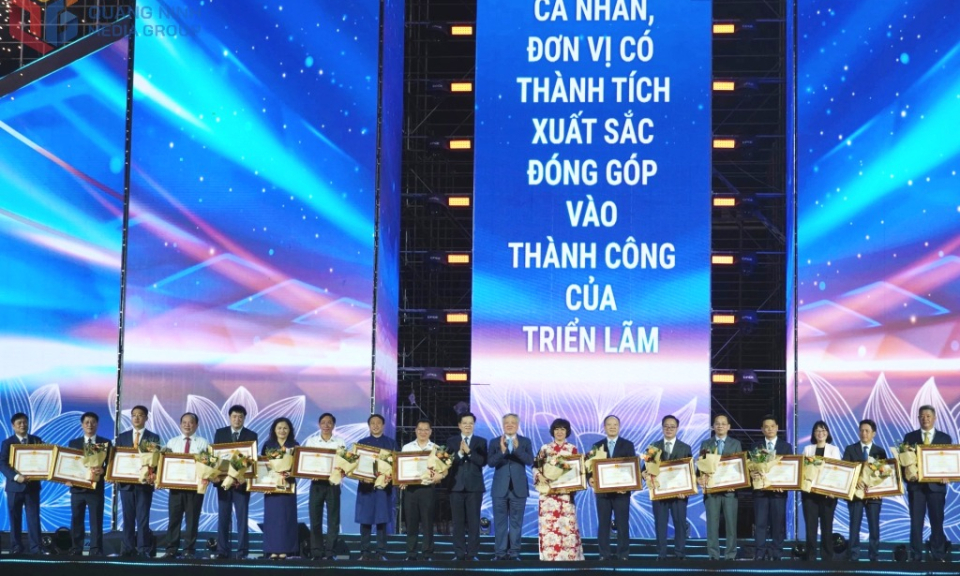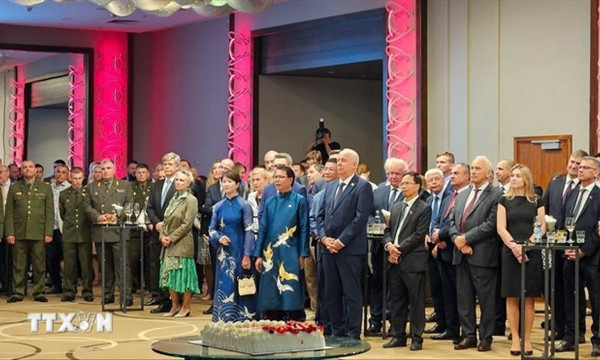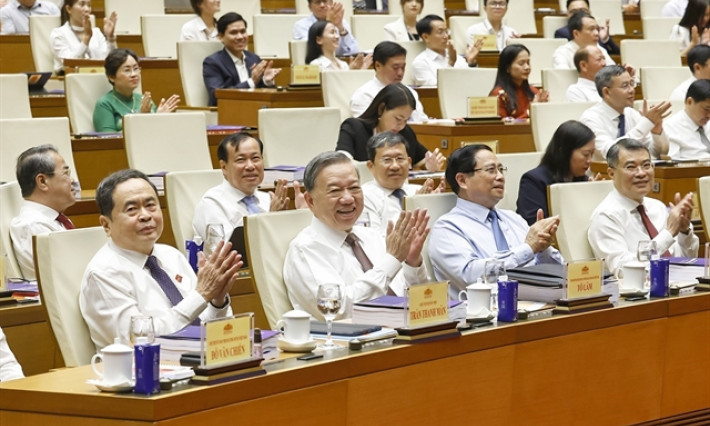FTA Index urges localities to help enterprises take advantage of trade deals
The free trade agreement index (FTA Index) was expected to create an impetus for localities to create a favourable environment for enterprises and enable them to take advantage of free trade deals.
The free trade agreement index (FTA Index) was expected to create an impetus for localities to create a favourable environment for enterprises and enable them to take advantage of free trade deals.
According to the Ministry of Industry and Trade, the Government approved the ministry’s proposal of developing the FTA Index, which was scheduled to be launched at the beginning of 2023.
Ngô Chung Khanh, deputy director of the ministry’s Multilateral Trade Policy Department, said that after the signing of new-generation free trade agreements, like the Comprehensive and Progressive Trans-Pacific Partnership (CPTPP), the EU – Việt Nam Free Trade Agreement (EVFTA), the UK – Việt Nam Free Trade Agreement (UKVFTA), action plans at Government and local level were issued with an aim to effectively exploit these FTAs.
Localities were paying increasing attention to the implementation of new-generation FTAs, Khanh said, adding that it took eight months for localities to complete the action plans to implement the CPTPP while it took only four months for the EVFTA and two months for the UKVFTA.
However, to date, only 38 out of 63 provinces and cities had import and export activities with member countries of CPTPP, indicating that there was huge untapped potential to promote exports, he said.
Khanh pointed out a problem that many provinces and cities did not have detailed plans to support businesses to take advantage of FTAs and a lot of the support was just too general and did not go directly to specific industries.
As the resources of each locality were limited, the focus should be placed on one or two strategic products to build an ecosystem for the products, he said.
“If all 63 provinces and cities paid adequate attention to implementing FTAs and considered how to help enterprises better exploit FTAs, the result would be much better,” Khanh said.
He expected the FTA Index would urge provinces and cities to change their thinking and make efforts to create more favourable conditions for enterprises to grab the opportunities of the FTAs, like the impact of the provincial competitive index (PCI) which was introduced in 2005 on improving the business climate.
According to Nguyễn Kiều Oanh, deputy director of Hà Nội Department of Industry and Trade, export activities of enterprises in the capital city to member countries of FTAs remained limited and mainly focused on traditional markets.
She cited statistics that Hà Nội’s exports to member countries of the CPTPP, EVFTA and UKVFTA were estimated to total US$5.88 billion in 2022, or 33.9 per cent of the capital city’s total export revenue. The capital city imported around $13.03 billion from member countries of these three trade deals this year.
Around 2,600 enterprises had export activities and 7,900 had import activities with member countries of FTAs.
Phạm Ngọc Thạch, deputy head of the Legal Department under the Việt Nam Chamber of Commerce and Industry (VCCI), said VCCI’s survey found that enterprises had a huge demand for market access and expansion in international integration, especially in the context that Việt Nam participated in a number of new generation FTAs.
The survey also found that there was a large gap between the enterprises’ demand and the ability of local State agencies, Thạch said. This demonstrated enterprises’ desire for State agencies to implement support for enterprises in integration more efficiently and directly to their needs.
Many enterprises faced difficulties when implementing administrative procedures for export and import, Thạch said, adding that it was necessary to continue to promote reforms.
“We need to have more in-depth research and evaluation to develop effective support programmes,” he stressed.
Thạch said the local governments played a very important role in creating an environment in which enterprises could take advantage of FTAs to expand exports because it was the local governments that worked directly with enterprises.
It was also necessary to develop a mechanism to enhance the coordination between central to local agencies and enterprises and industry associations to better support enterprises.
Like the PCI which helped identify problems in the business environment and raise solutions to improve the quality of the business climate in Việt Nam, the FTA Index would be a tool for localities to make innovations in thinking and promoting integration, Thạch said.






